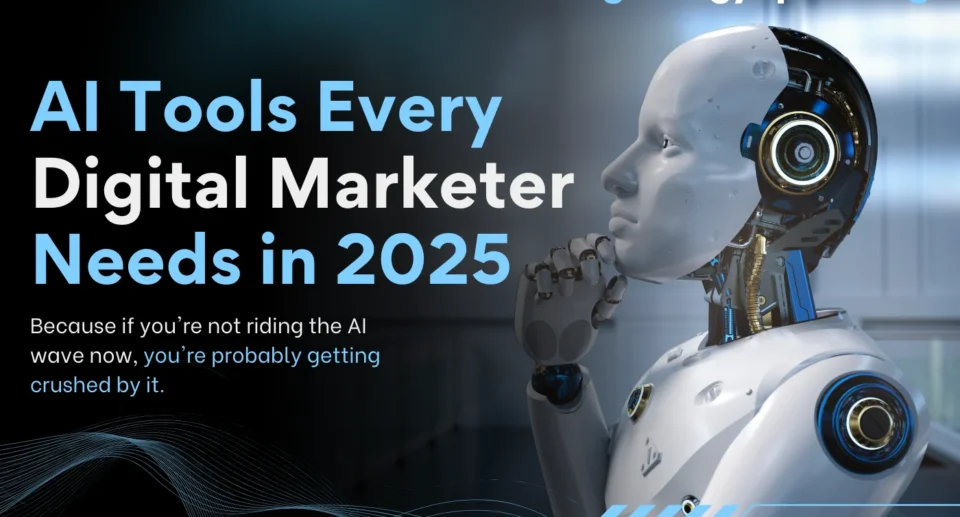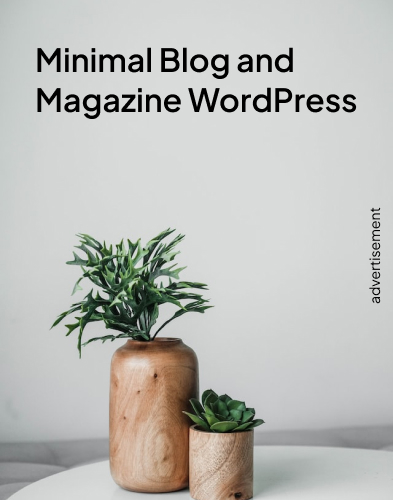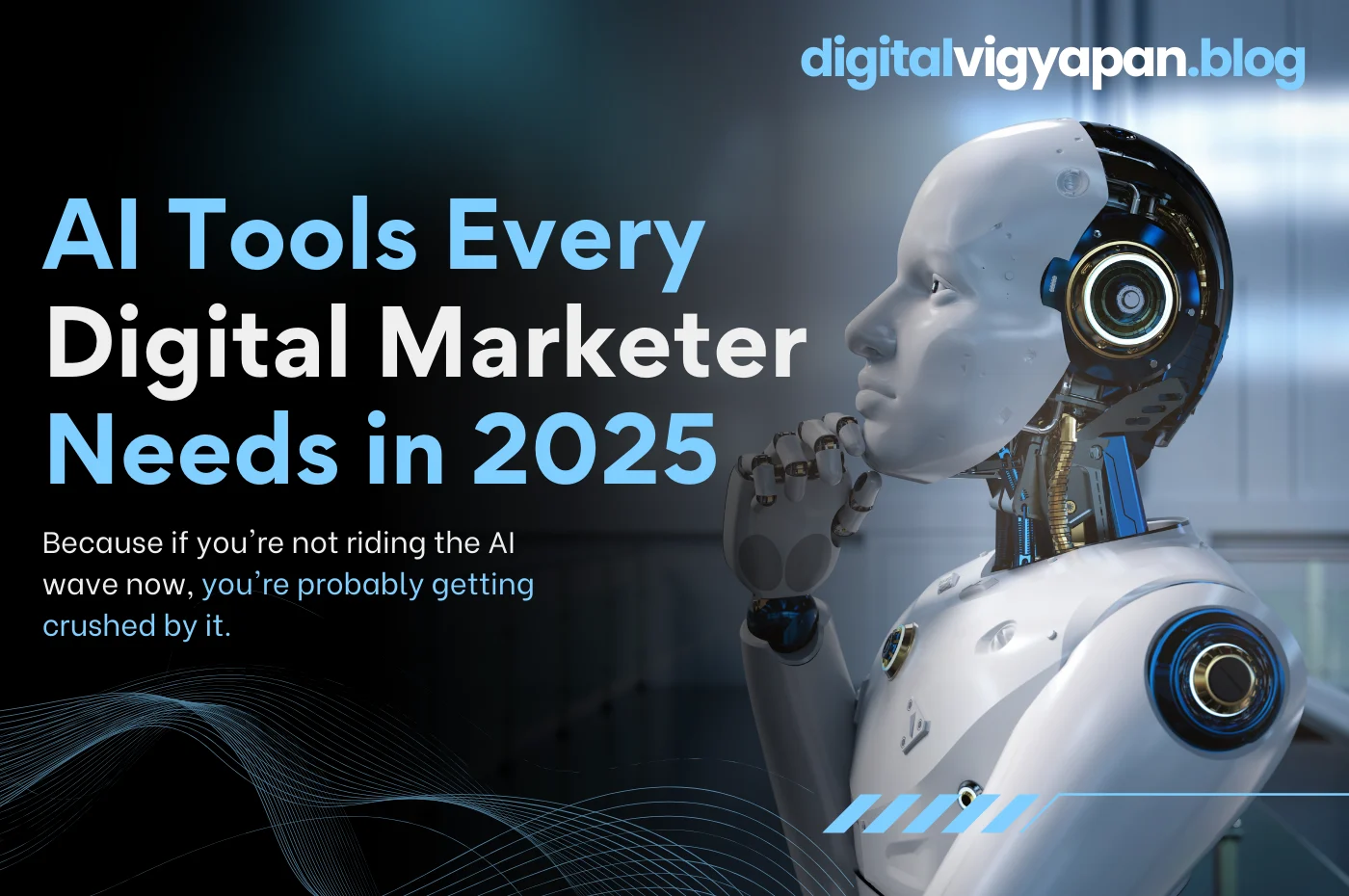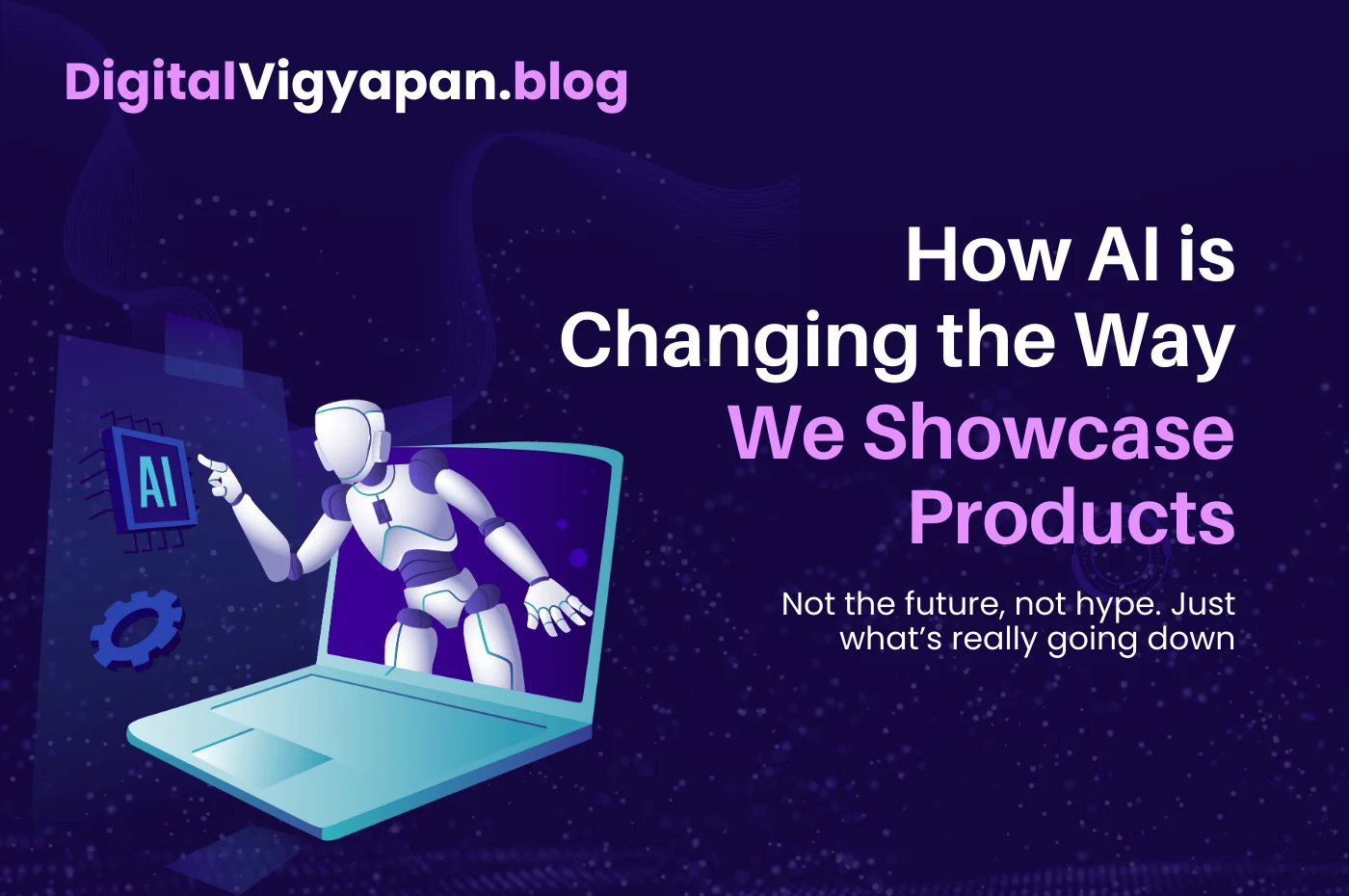How AI Will Impact Graphic Design in 2025
Jay Pathak
- April 24, 2025
- 5 Min Read
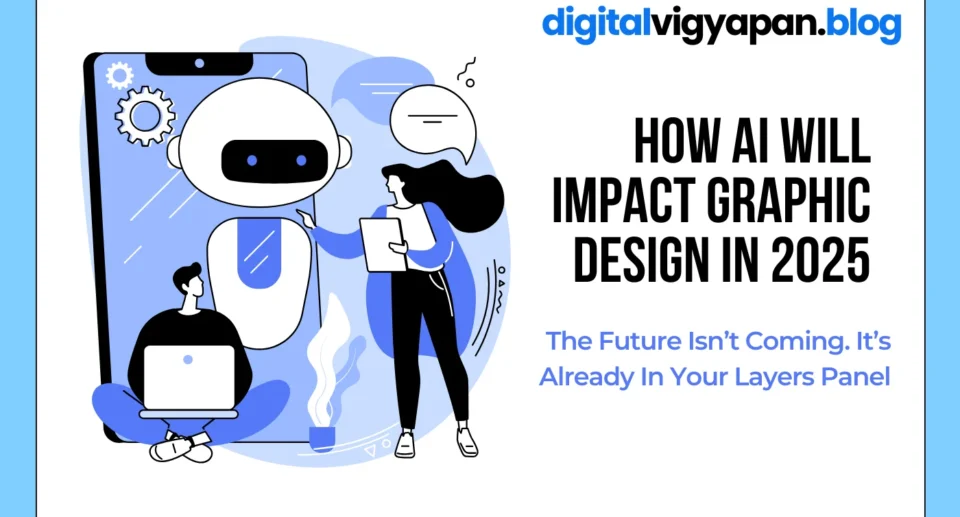
— The Future Isn’t Coming. It’s Already In Your Layers Panel.
Let’s not sugarcoat it. AI in graphic design isn’t “emerging” anymore. It’s here, it’s loud, and it’s flipping the entire creative process on its head.
If you’re still treating AI like a gimmick or a gimmicky filter slapped on Photoshop, you’re not seeing the big picture. 2025 is the year where designers either learn to co-create with machines or get left refreshing Behance, wondering where the gigs went.
This isn’t a gloom-and-doom rant. This is your field guide to surviving—and thriving—as a graphic designer in a world where AI knows how to use the Pen Tool.
Let’s Get This Straight: AI ≠ The End of Designers
I’ve heard this line too many times:
“AI is going to replace designers.”
Wrong. Lazy designers? Maybe. Designers who copy-paste from Pinterest all day? Possibly. But the designers who understand emotion, storytelling, and context? Y’all are safe—and you’re about to become even more powerful.
Think of AI like an overachieving intern. It’s fast. It never sleeps. But it still needs direction. It can mock up ten variations of your campaign poster in under a minute, but only you can decide which one makes people feel something.
Real Talk: Here’s What’s Changing
Speed Becomes a Superpower
Deadlines aren’t scary anymore. AI-powered tools like Adobe Firefly, Figma AI, and Runway ML let you test ideas at lightning speed.
You want five color options? Boom—done.
Need to resize 30 banners for different platforms? AI handles it.
Want to see a version with vintage textures? Type it out, and it’s there.
This means you spend less time doing the boring stuff—and more time actually designing.
The “Blank Canvas” Anxiety Is Gone
You know that paralyzing moment where you’re staring at a white screen, hoping inspiration slaps you across the face?
Yeah, AI kills that.
Now, you can throw in a rough idea—maybe “vibrant poster for a streetwear drop, retro-futuristic style”—and tools like Midjourney will give you a buffet of visuals to spark something.
You don’t copy those ideas. You build on them. You remix them. You go full Kanye on it.
Design at Scale Becomes Possible (Without Selling Your Soul)
Here’s the problem we used to face: creating personalized design at scale.
One campaign. Dozens of target audiences. Multiple languages. Different platforms.
In 2025, you can generate hundreds of ad variations—each with the right tone, visuals, and layout—without spending nights hunched over your MacBook.
This isn’t some hypothetical. Brands are already doing it. Designers aren’t becoming robots; they’re becoming directors of design systems that adapt on the fly.
Prompts Are the New Skillset
Forget Photoshop shortcuts. The real flex now is prompt-writing.
Seriously. Your ability to tell AI exactly what you want—with nuance—is the new creative weapon.
Instead of saying, “Make it look cool,” you’re saying:
“Create a bold visual with duotone lighting, gritty textures, and oversized typography inspired by 90s skate culture.”
That’s when the AI starts to listen. That’s when the magic happens.
Designers Become Creative Strategists, Not Just Pixel Pushers
When the tools get smarter, your job shifts. You’re no longer the one adjusting padding for the hundredth time. You’re the one making big-picture decisions.
What story are we telling here?
What emotional beat do we want to hit?
What visual language feels honest to this brand?
AI can build. But only you can make it mean something.
But Wait—Here’s What AI Can’t Do
This is important. While AI is great, it still sucks at some things:
Taste: It can generate, but it doesn’t know what’s “good.”
Cultural context: AI doesn’t know what’s trending on the streets of Mumbai or Brooklyn this week.
Guts: AI won’t suggest a crazy, risky idea that might go viral or flop gloriously. That’s your department.
Heart: AI doesn’t feel. And let’s face it—the best design always feels something.
What You Should Be Doing Right Now (If You’re a Designer)
Alright, enough talk. Here’s your 2025 checklist:
✅ Start playing with tools like Firefly, Runway, and Midjourney. Not just for client work—but for your own fun.
✅ Learn how to prompt like a pro. Keep a swipe file of prompts that worked well for you.
✅ Rethink your workflow. Which tasks are you repeating every week? Automate those.
✅ Collaborate with AI. Don’t just generate—guide. Combine machine speed with human soul.
✅ Build your value beyond execution. Strategy. Storytelling. Branding. That’s your new playground.
The Final Take: Use the Machine. Don’t Be One.
AI is changing graphic design forever. That’s not up for debate.
But whether it makes your work better—or replaces your work—comes down to how you use it.
You can either:
Complain that “everything looks AI-generated now,” or…
Use AI as a brush, a camera, a mood board, and build visuals that feel more human than ever.
2025 is the year the great divide begins:
Designers who embrace AI will evolve into art directors, strategists, and creative architects.
The ones who resist? They’ll still be clicking “Export for Web” while the rest of us are on our third coffee, halfway through our next idea.
Let’s not be the dinosaurs. Let’s be the aliens.

